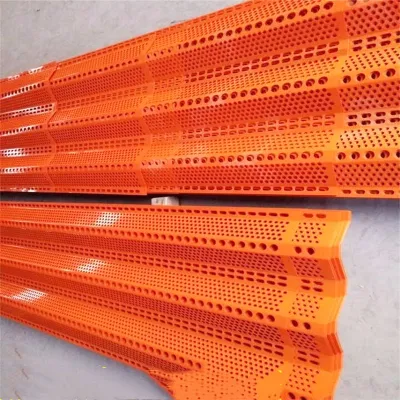Industrial Walkway Grating An Overview
Industrial walkway grating is an essential component in various industrial settings, designed to provide safe and reliable surfaces for pedestrian traffic. With applications ranging from manufacturing plants to oil refineries, this type of grating serves not only as a walkway but also as a safety measure that minimizes the risk of slips, trips, and falls.
One of the primary materials used in the manufacturing of industrial walkway grating is fiberglass reinforced plastic (FRP), which offers several advantages over traditional metal grating. FRP is lightweight yet incredibly strong, allowing for ease of installation and maintenance while providing high durability. It is also resistant to corrosion and chemical damage, making it ideal for environments where other materials might degrade. Additionally, the non-conductive nature of FRP enhances safety in electrical environments, preventing potential hazards related to electrical shock.
Metal grating, particularly aluminum and steel, is another popular option. Aluminum grating is known for its resistance to rust and its lightweight properties, while steel grating, especially when properly treated, offers exceptional strength and load-bearing capacity. Steel grating is often used in areas that require heavy-duty support, such as loading docks and heavy equipment areas. Both aluminum and steel grating can be treated with non-slip coatings or made with textured surfaces to further enhance safety, particularly in outdoor settings where moisture can lead to slippery conditions.
industrial walkway grating

The design of industrial walkway grating plays a crucial role in its effectiveness. Grating typically comes in a variety of mesh sizes, which can accommodate different requirements for load capacity and drainage. The spacing between the bars allows for excellent drainage and airflow, reducing the risk of stagnant water accumulation that could lead to accidents. Furthermore, custom designs can be created to fit specific applications or to comply with safety regulations, providing organizations with tailored solutions that enhance operational safety.
Installing walkway grating involves careful planning and consideration of the workspace dynamics. Proper installation not only ensures safety for workers but also helps in sustaining the longevity of the grating itself. Regular inspections and maintenance are equally important, as they can identify wear, corrosion, or damage that could compromise the integrity of the walkway.
From a safety perspective, industrial walkway grating is often equipped with additional features such as guardrails or edge protection to prevent falls. The implementation of warning signs and demarcated pathways can further enhance awareness and reduce the likelihood of accidents. Training workers on the proper use of walkways and regular safety drills can bolster awareness and adherence to safety protocols, creating a culture of safety in the workplace.
In conclusion, industrial walkway grating is a vital element in promoting safety and efficiency in industrial environments. The varied materials available, including fiberglass and metals like aluminum and steel, offer diverse options to meet specific needs, whether that entails lightweight solutions or high-load support. With thoughtful design, proper installation, and regular maintenance, walkway grating can significantly reduce the risks associated with industrial workspaces. As industries continue to prioritize worker safety, the role of industrial walkway grating will remain pivotal in fostering safe, efficient, and compliant work environments for all.
-
Why Galvanized Trench Cover Steel Grating Resists Corrosion
NewsJul.10,2025
-
The Versatility and Strength of Stainless Expanded Metal Mesh
NewsJul.10,2025
-
Load Calculations in Steel Grating Platforms
NewsJul.10,2025
-
Keeping Pets and Kids Safe with Chicken Wire Deck Railing
NewsJul.10,2025
-
Hole Diameter and Pitch for Round Perforated Metal Sheets
NewsJul.10,2025
-
Aluminium Diamond Mesh in Modern Architecture
NewsJul.10,2025
Subscribe now!
Stay up to date with the latest on Fry Steeland industry news.

